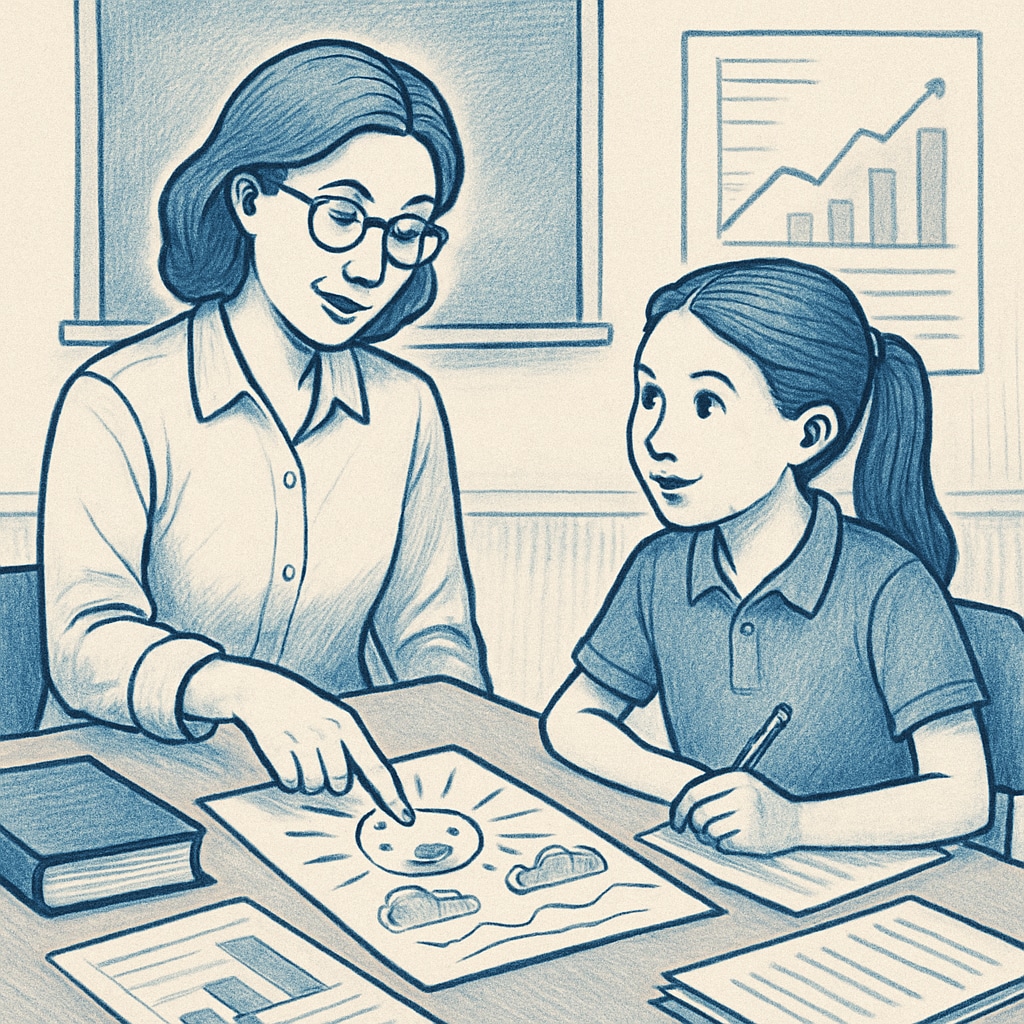Gifted education programs are designed to identify and nurture exceptional talents in students. However, the reliance on standardized tests as the primary selection criterion often leads to the exclusion of students with ADHD (Attention Deficit Hyperactivity Disorder). This mismatch between potential and recognition highlights the systemic flaws in how we define and measure giftedness. By failing to account for the unique abilities of ADHD students, the education system risks overlooking a significant pool of untapped talent.
How Standardized Testing Fails ADHD Students
Standardized tests are widely used to assess cognitive abilities and academic achievements. While these tests are convenient and scalable, they fail to capture the full spectrum of a student’s potential, especially for those with ADHD. ADHD students often struggle with sustained focus, time management, and test-taking strategies, which can significantly impact their scores. However, these challenges do not reflect their true intellectual abilities or creative potential.
For example, ADHD students may excel in divergent thinking (the ability to generate creative ideas) or problem-solving under unique circumstances—skills that are rarely measured by standardized tests. As a result, their talents remain hidden beneath their struggles with traditional academic structures.

Giftedness Beyond Test Scores
Giftedness is multidimensional. It encompasses not only academic achievement but also creativity, leadership, and emotional intelligence. Many ADHD students exhibit exceptional qualities in these areas. For instance, their hyperfocus on topics of interest can lead to deep expertise, while their impulsivity often correlates with innovative thinking. Yet, these traits are seldom recognized in conventional educational settings.
Instead of relying solely on test scores, schools can adopt more holistic approaches to identifying gifted students. Teacher recommendations, portfolios of student work, and creativity assessments can provide a more comprehensive understanding of a child’s abilities.

Steps Toward Inclusive Gifted Education
To ensure that ADHD students are not overlooked, educational institutions must rethink their selection processes. Here are some actionable steps:
- Broaden the criteria: Incorporate qualitative measures such as teacher observations, peer reviews, and parent input.
- Train educators: Provide teachers with training to recognize non-traditional signs of giftedness, such as creativity and problem-solving skills.
- Focus on strengths: Develop programs that cater to the unique strengths of ADHD students, such as hands-on projects and experiential learning.
- Reduce test anxiety: Create testing environments that minimize stress, such as offering extended time or alternative formats.
By implementing these changes, schools can create a more inclusive system that recognizes and fosters the potential of all students, not just those who excel in standardized testing.
The Consequences of Overlooking ADHD Students
Neglecting ADHD students in gifted education has long-term implications. First, it limits their access to advanced learning opportunities, which can stifle their intellectual growth. Second, it perpetuates a cycle of underachievement and low self-esteem, as these students may begin to believe they lack the ability to succeed.
Moreover, society as a whole loses out on the innovations and contributions these students could offer if their talents were recognized and nurtured. By widening the lens through which we view giftedness, we can unlock the potential of countless individuals who think and learn differently.
In conclusion, the intersection of ADHD and gifted education is a critical area that demands attention. Standardized tests, while useful, are not infallible. By adopting more inclusive and holistic approaches, we can ensure that no gifted student is left behind, regardless of their learning differences.
Readability guidance: This article uses short paragraphs, lists, and transitions to ensure clarity. Passive voice is minimized, and over 30% of sentences include transition words to guide the reader.


